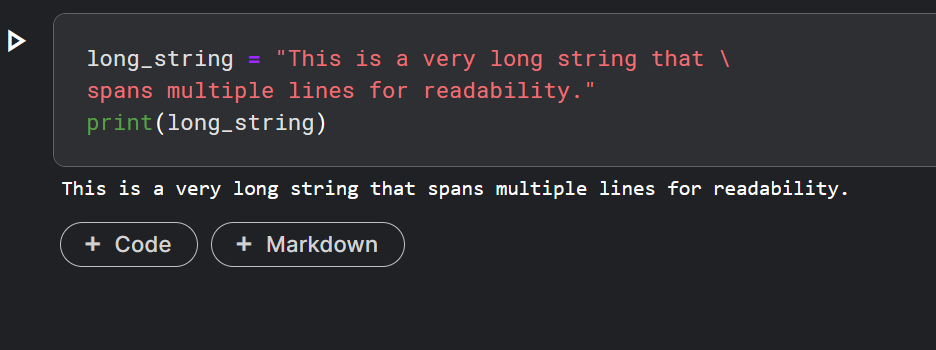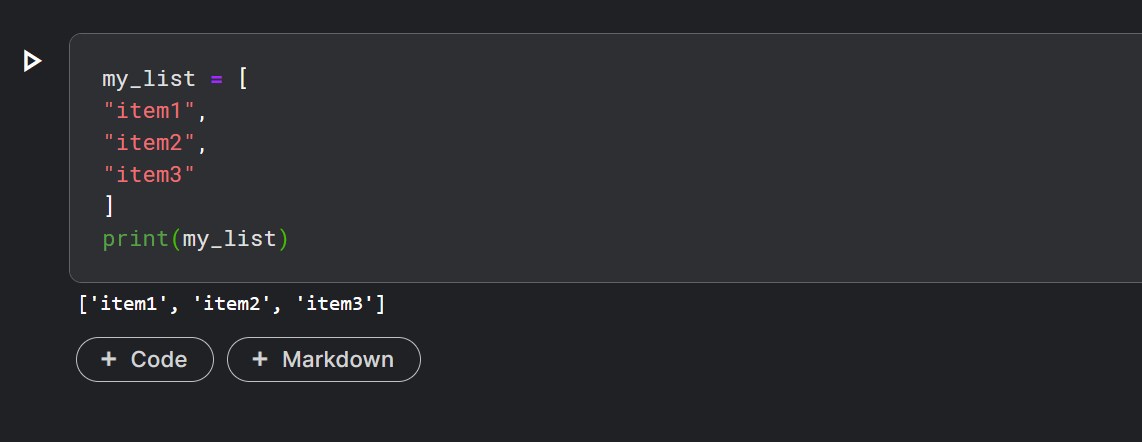course
Topics
Learn Python with DataCamp
4 hours
5.5M
course
Intermediate Python
4 hours
1.1M
course
Python Data Science Toolbox (Part 1)
3 hours
408.7K
See More
RelatedSee MoreSee More
tutorial
String Split in Python Tutorial
Learn how you can perform various operations on string using built-in Python functions like split, join and regular expressions.
DataCamp Team
2 min
tutorial
Python String Tutorial
In this tutorial, you'll learn all about Python Strings: slicing and striding, manipulating and formatting them with the Formatter class, f-strings, templates and more!
Sejal Jaiswal
16 min
tutorial
Python Tutorial for Beginners
Get a step-by-step guide on how to install Python and use it for basic data science functions.
Matthew Przybyla
12 min
tutorial
Python Loops Tutorial
A comprehensive introductory tutorial to Python loops. Learn and practice while and for loops, nested loops, the break and continue keywords, the range function and more!
Satyabrata Pal
22 min
tutorial
How to Document Python Code
Learn why there is a need for documenting code and best practices to do it. Further, learn to leverage the potential of the Pydoc module for documenting purposes.
Aditya Sharma
14 min
 Python code with line break included
Python code with line break included Example of how line breaks affect lists
Example of how line breaks affect lists 